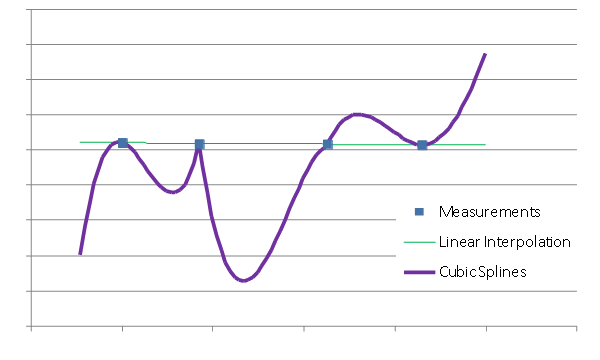Can't see the pictures?
View Proven Best Practices in your browser.
 |
Proven Best Practices Reservoir Engineering Monthly |
August 2015 - Volume 10 Issue 7
It's more than just a name

Do you need an injector or disposal well?
The confusion between these two is understandable: they both push fluid into a reservoir.
But, in Alberta, they have very different regulatory processes and conditions. Applying for the right one can speed up approval and save regulatory headaches later.
Usually, if you can prove that pushing fluid into a formation won’t impact hydrocarbon recovery, you can apply for a disposal well.
But if you introduce fluid into a formation that will increase hydrocarbon recovery, the AER usually wants you to apply for an injection well.
Each injection well is part of an enhanced recovery (ER) scheme. Applicants are required to estimate the amount of additional recovery that will be generated. Applicants are also required to maintain a constant voidage replacement ratio.
Each disposal well is part of a disposal scheme. Disposal schemes can have many disposal wells – we’ve seen one scheme with forty-five wells! The AER requires no voidage replacement reporting for disposal schemes.
There are several other regulatory issues that pertain to one or the other that will impact your regulatory approval time. We recently saw a company that had 10 such applications refused by the regulator. We estimate that these applications would have cost about $100,000 each to prepare and submit.
Fifty percent of what you need to know to get an approval isn’t shown in the guides. Can Proven help? We know exactly what the regulator needs to get a disposal well approved.
~Granger J. Low
Interpolating Pressure Trends

Many engineers speak of using cubic splines for interpolating pressure data. However, the cubic splines method does not work well for interpolation when the x values are large or when they have a large distance between them. Under these circumstances, cubic splines interpolation becomes very unstable making interpolations incorrect by many orders of magnitude.
Cubic splines are also very poor for extrapolating.

These algorithms are not for interpolation across large distances.
Warning: Don’t use cubic splines to extrapolate beyond the data set! The boundary conditions for both types of splines virtually guarantee that the spline will not follow the trend of the points.
For pool pressure interpolation we use an alternative solution that algorithm draws a cubic through four points.
~Granger J. Low
|
APEGA Annual Calgary Golf Tournament Lynx Ridge Golf Club 03 Sep 2015 apega.ca |
Liquids Rich Organic Shale Recovery Applications Calgary, AB 09 Sep 2015 cwls.org |
Well Planning Calgary, AB 10 Sep 2015 spe.org |
© 2015 Proven Reserves Exploitation Ltd.




